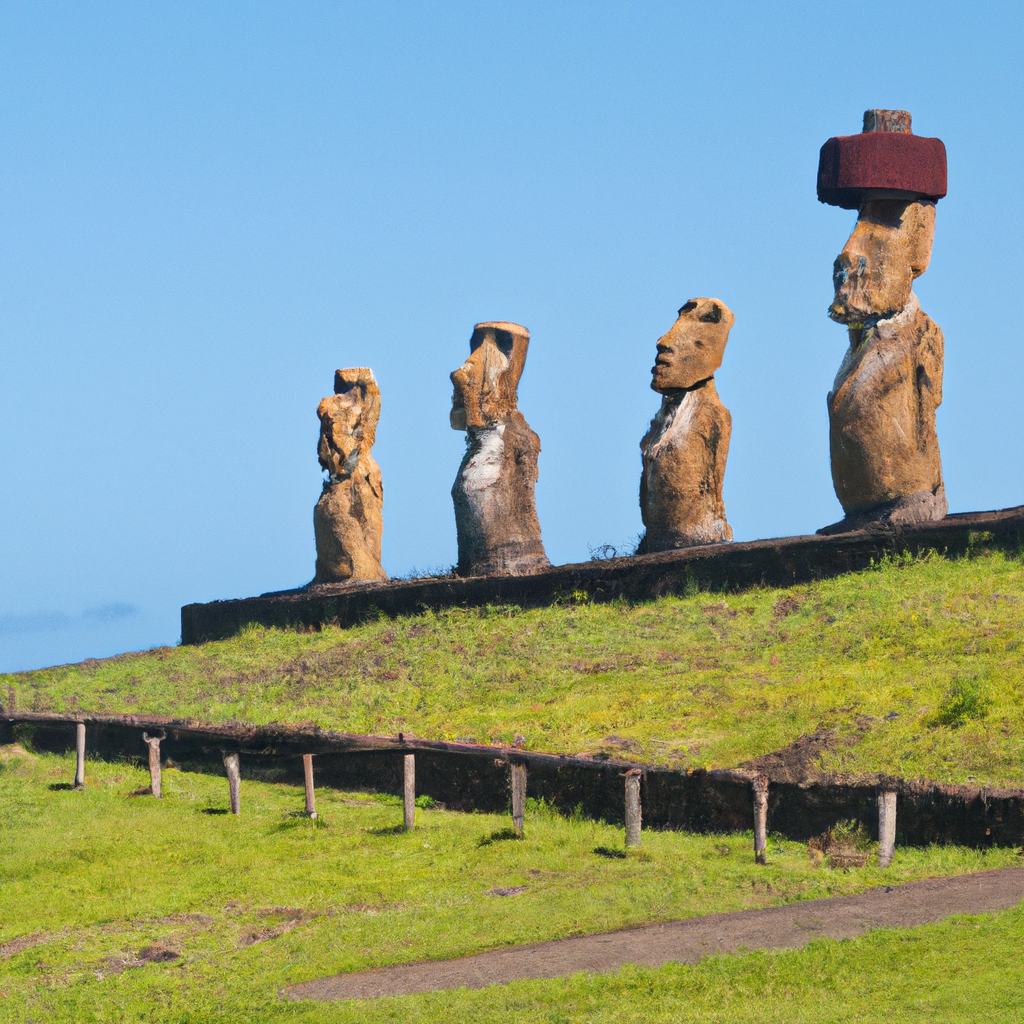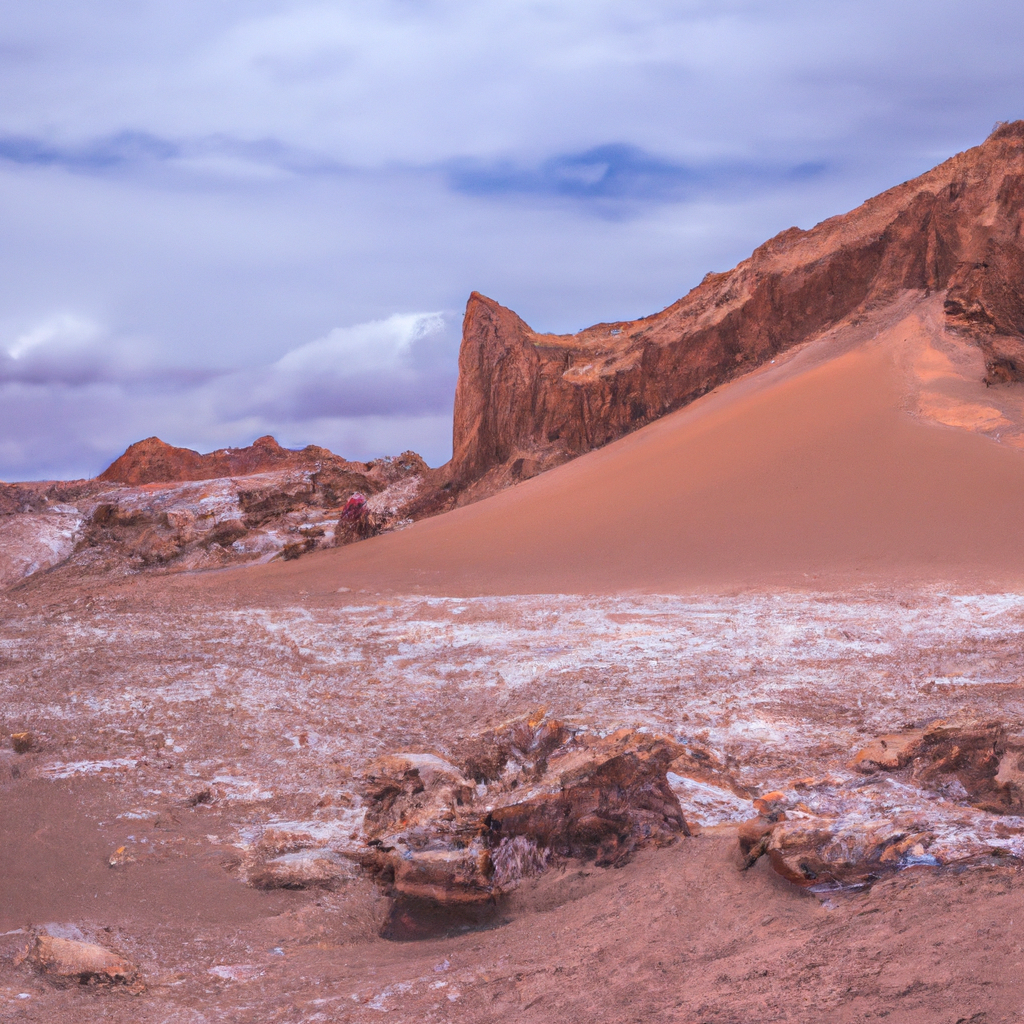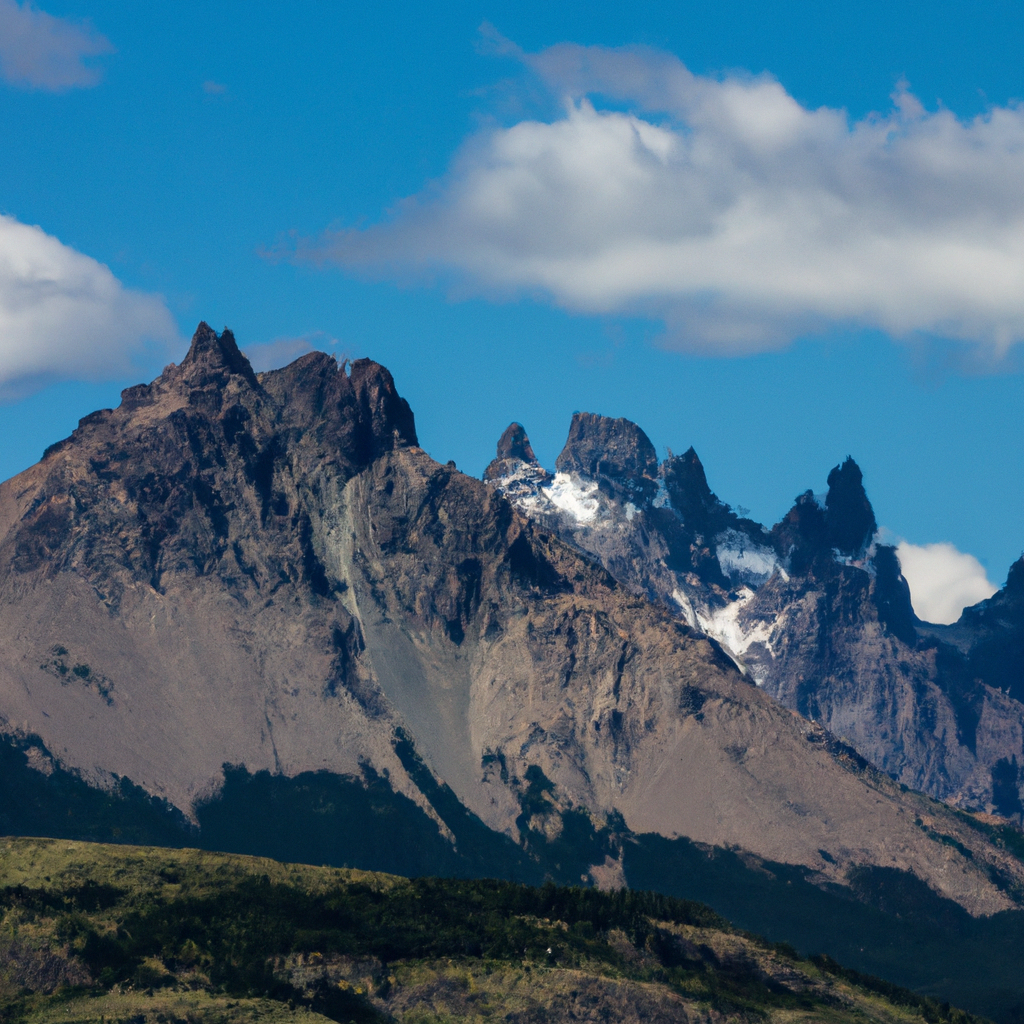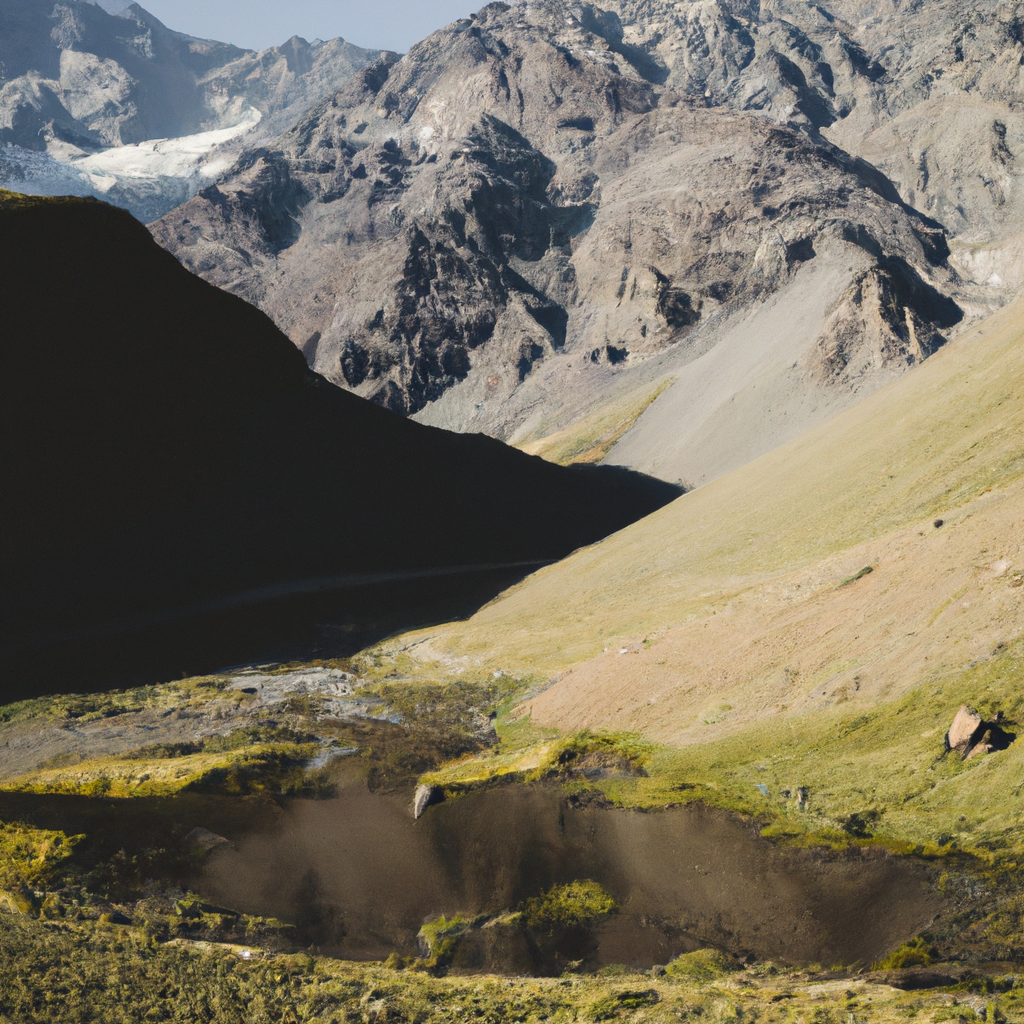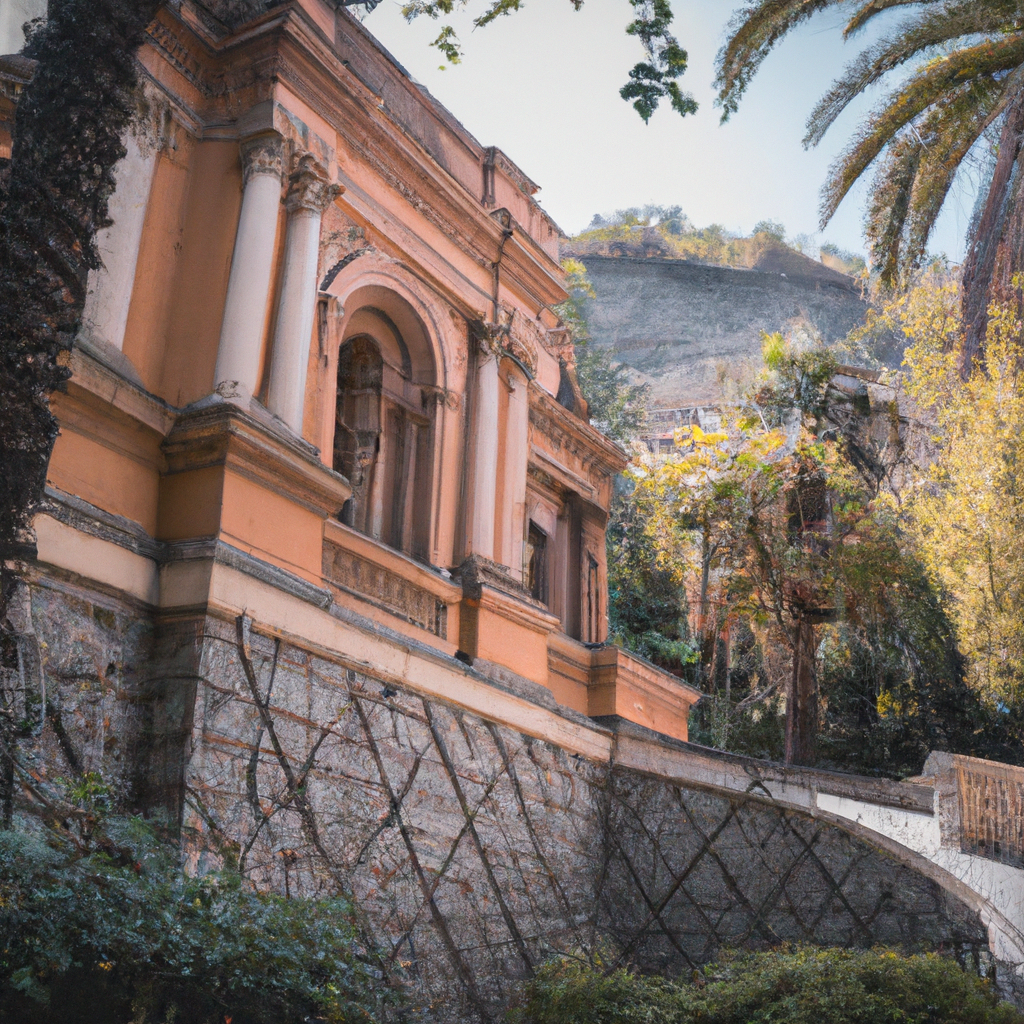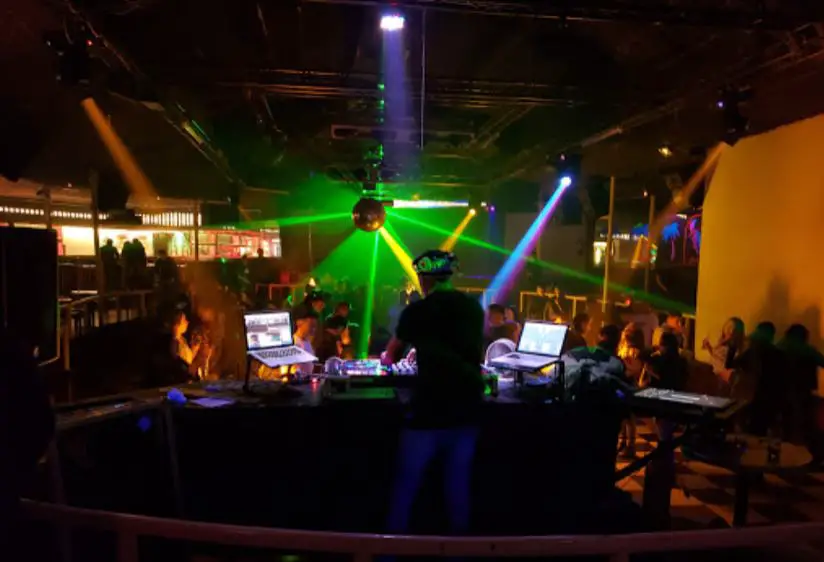Moais Museum - Easter Island In Chile: Overview,Prominent Features,History,Interesting facts
Overview:
is a museum dedicated to the culture and history of Easter Island (Rapa Nui). It is located in Hanga Roa, the island's largest town, and features a variety of exhibits that illustrate the evolution of the island's culture over the centuries. Exhibits range from traditional dancing and music to ancient artwork to modern-day photographs and maps. The museum also includes an extensive library containing books, articles, and other resources related to the history and culture of the island. Additionally, the museum hosts special events throughout the year, such as ceremonial dances, lectures by visitors, and displays of traditional handicrafts. You can learn history, culture, and heritage through these magnificent monuments in Chile
Prominent Features:
- Moais statues, iconic for Easter Island, are located in a museum dedicated to them, the Moais Museum. - Tourists can observe moais in the park-like setting and a detailed statue of a moai that has been unearthed and reconstructed. - There is a collection containing several other statues and artifacts, some which are prototypes used by the ancient Easter Islanders to craft their moais. - In addition to the moais, visitors can find several artifacts, such as ancient weapons, jewelry, and tools displayed in the museum. - There is also a movie room which plays a documentary about the construction and installation of the booby on nearby Ahu Akivi. - The museum is a great place to learn about the history of Easter Island and the meaning behind the moais. This national monument of Chile portrays the history and culture of the country.
History:
The Moais Museum is located in Hanga Roa, Easter Island in Chile. The museum is dedicated to the exploration of the culture of the original people of the island, the Rapa Nui. It is a memorial to the ancient inhabitants of Easter Island who arrived from the Marquesian Islands in the late 13th century. It is focused on the statues, known as moais, carved from tuff (volcanic rock) by the Rapanui people. The moais are an iconic symbol for Easter Island, and the museum holds the first full-scale replica of a moai in the world. The museum was inaugurated on April 5, 2001, as part of the celebrations of the 25th anniversary of Easter Island becoming a Special Territory of Chile. It is managed by the Rapa Nui National Park and has a collection of 2,834 objects related to the culture of the island, most of them donated by the families of Hanga Roa. It also has educational and interactive exhibits, including the story of the island's cultural history and insights into everyday life. The museum also has a mareo, a platform for traditional ceremonies and special ritual purposes. Visitors can explore a restored 20th century stone house as well as recreated villages and an example of a ceremonial boat, the vaka motu. Visitors also learn about the importance of moai carving and transport on the island. Permanent exhibitions include a Chronology Room which includes artifacts from the past 100 years, a two-metre-high moai in an outdoor garden and a gallery of ancestral paintings. The museum also houses a library, an auditorium and a virtual reality space to experience life on Easter Island. The museum pavilion was designed to represent a sacred enclosure of the Rapanui people and to provide a valuable space for visitors to learn more about the ancient people of Easter Island and their culture. You must visit one of these historical places in Chile on your Chile tour
Interesting facts:
1. There are approximately 900 moai statues on Easter Island in Chile. 2. These moai were created by the Rapa Nui people of Easter Island between 1100 and 1700 CE. 3. The statues were carved out of hardened volcanic tuff and average around 13 ft (4 meters) tall, although taller and smaller statues exist. 4. The statues are believed to represent descended chiefs, priests and other important figures. 5. The heaviest moai weighs in at around 82 tons. 6. Most moais were pointed towards the village, watching over its inhabitants and signifying their spiritual and political power. 7. The statues used to be brightly painted, but the paint has mostly worn off due to weathering. 8. It is believed that the Rapa Nui carved and erected these statues to please their ancestors and gods, and to ward off evil spirits. 9. Moai statues were moved to their current locations using a combination of ropes and wooden sledges. 10. In recent years, several of the moai have been restored and returned to their original positions. Visit one of the famous monuments of Chile with your friends and family.
Explore Chile most popular tourist destination with us. Moais Museum - Easter Island In Chile: Overview,Prominent Features,History,Interesting facts,which is 35.14 km away from Chile main town, is the most popular destination to add in your travel wishlist.
-
City:
Chile
-
state:
Rano Raraku Moai Museum (Centro de Interpretación Rano Raraku Mollata)
-
country:
Chile
-
country code:
Cl
-
postcode:
39500
Location:
Rano Raraku Moai Museum (Centro de Interpretación Rano Raraku Mollata) Chile
